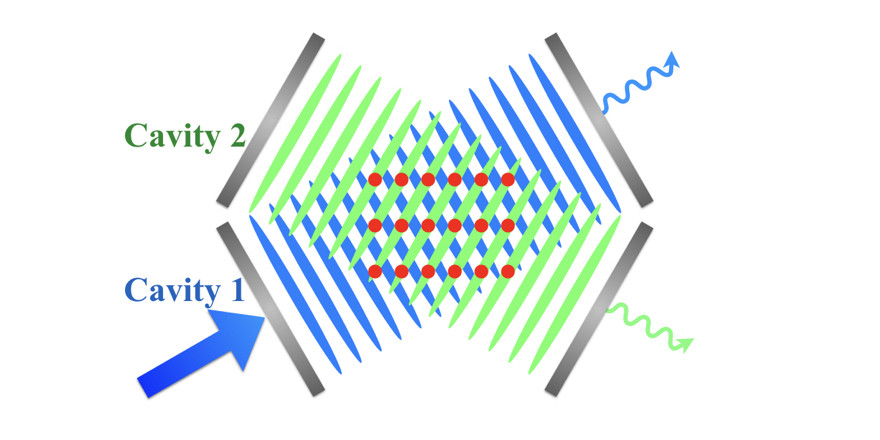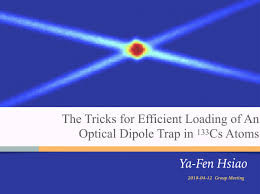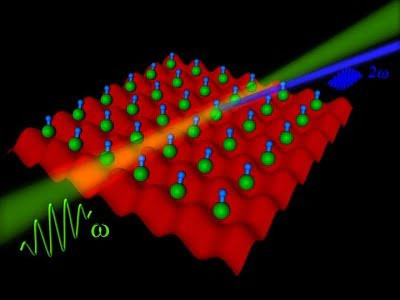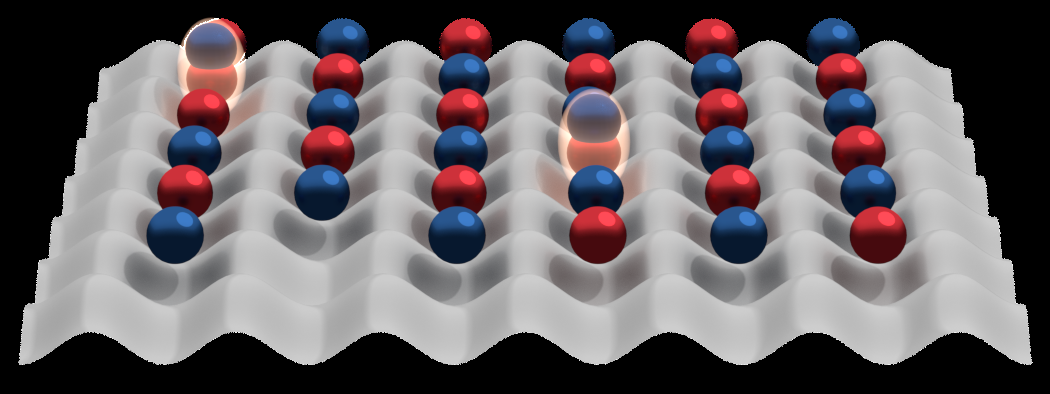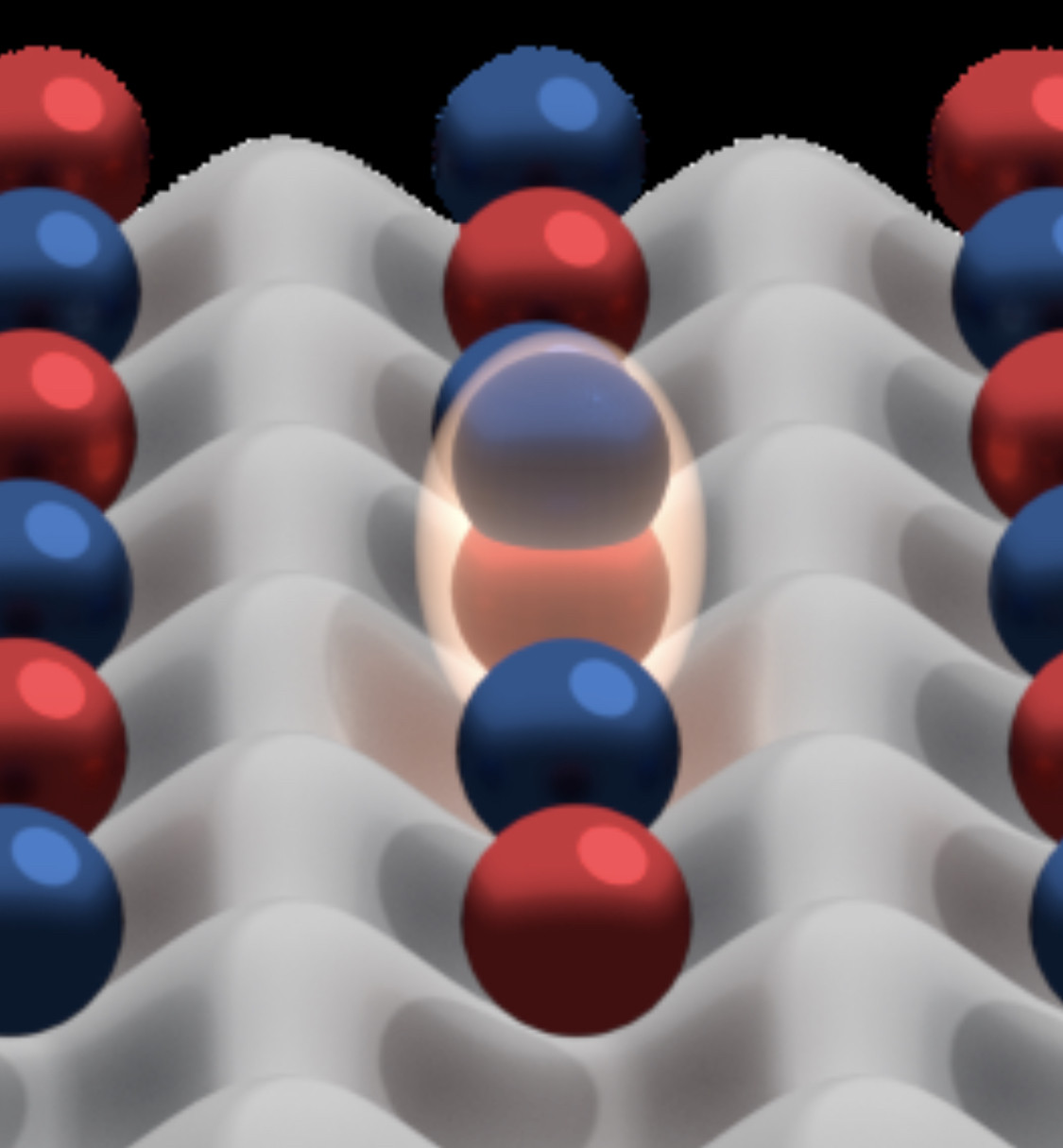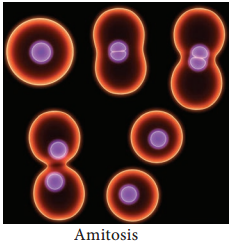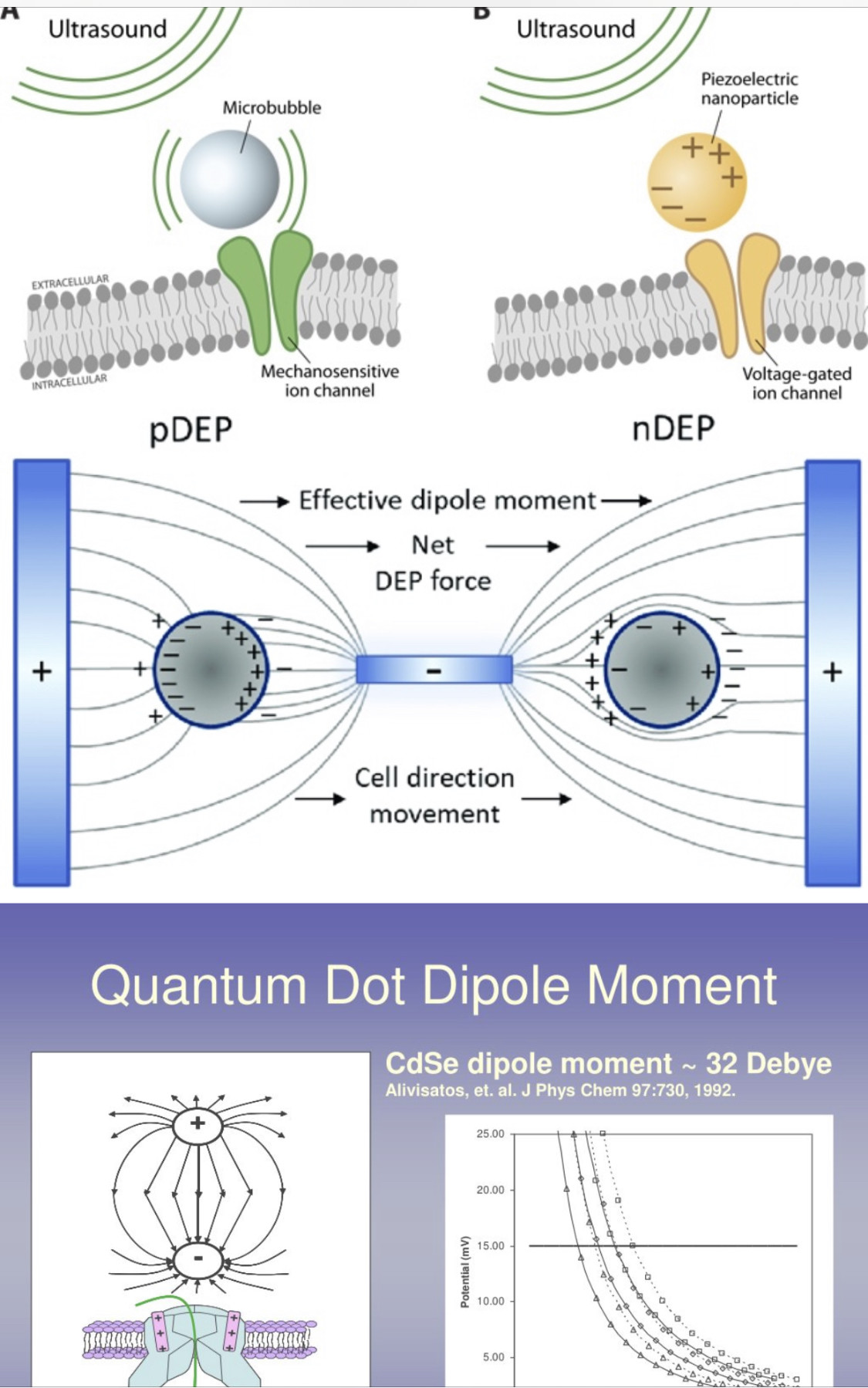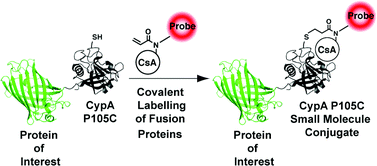@TheMac Here's your challenge.
There are anecdotal stories of Benadryl working for C19. Quinine, HCQ and Ivermectin. All of those reduce acetylcholine and, therefore, muscarinic and nicotinic receptor activity of organs.
Do they keep C19 from binding to organs? Is that the key to preventing C19? Do they disable the ability of C19 to bind to ACE2 receptors?
I was going to be a biochemist. [They] have biochemists working on these diabolical plots. So we need to look at mechanisms in the body. Thanks.
https://www.frontiersin.org/articles/10.3389/fpsyt.2017.00215/full
https://www.the-scientist.com/news-opinion/receptors-for-sars-cov-2-present-in-wide-variety-of-human-cells-67496
https://pubmed.ncbi.nlm.nih.gov/15141377/
Frontiers | Drugs Interfering with Muscarinic Acetylcholine Receptors and Their Effects on Place Navigation | Psychiatry
Muscarinic receptors have been found to regulate many diverse functions, ranging from motivation and feeding to spatial navigation, an important and widely studied type of cognitive behavior. Systemic administration of non-selective antagonists of muscarinic receptors, such as scopolamine or atropin..
https://www.frontiersin.org/articles/10.3389/fpsyt.2017.00215/fullHaving occurred by chance my mind is on stopping an oscillating charge of a dipole moment from occurring in the first place?
guarible (masculine and feminine plural guaribles)
curable
inguarible (masculine and feminine plural inguaribles)
incurable synonym,
Synonym: incurable
Antonyms: guarible, curable
inguérissable (plural inguérissables)
incurable (not capable of being cured)
synonym,
Synonym: incurable
Antonyms: curable, guérissable
unmissable
/ʌnˈmɪsəb(ə)l/
adjective
1.
so good that it should not be missed.
"the special effects make this an unmissable treat"
2.
so clear or obvious that it cannot be missed.
"an unmissable target"
my missing socks
unfussed (not comparable)
not concerned or interested, blase
fussing over nothing
My wife used the word "frumpy" once and I asked what it meant and she said "dowdy" and I quit while I was ahead!
Middle English (in the sense ‘rout, bring to ruin’): from Old French confus, from Latin confusus, past participle of confundere ‘mingle together’ (see confound). Originally all senses of the verb were passive, and therefore appeared only as the past participle confused ; the active voice occurred rarely until the 19th century when it began to replace confound .
From Middle English confusioun, from Old French confusion, from Latin confusio, confusionem.
Morphologically confuse + -ion.
(
Noun
confusion (usually uncountable, plural confusions)
A lack of clarity or order.
The state of being confused; misunderstanding.
discombobulations
discombobulate (third-person singular simple present discombobulates, present participle discombobulating, simple past and past participle discombobulated)
(transitive, humorous) To throw into a state of confusion; to befuddle or perplex.
Electron beams are late‐comers to the competition for an economical method of fusion energy release. The source of energy in existing atomic power plants is fission, in which large atoms are split; fusion squeezes small atoms to form heavier ones.
The chlorophyll's donated electrons need to be replaced, and these electrons come from the splitting of water. In a process called photolysis ('light' and 'split'), light energy and catalyst s interact to drive the splitting of water molecules into protons (H+), electrons, and oxygen gas.
In a now-famous talk on fusion in 1954, Edward Teller noted that any device with convex magnetic field lines would likely be unstable, a problem today known as the flute instability. The mirror has precisely such a configuration; the magnetic field was highly convex at the ends where the field strength increased.[a] This led to serious concern by Post, but over the next year, his team could find no sign of these problems. In October 1955 he went so far as to state that "it is now becoming clear that in the case of the mirror machine at least these calculations do not apply in detail."
In Russia, the first small-scale mirror ("probkotron") was built in 1959 at the Budker Institute of Nuclear Physics in Novosibirsk, Russia. They immediately saw the problem Teller had warned about. This led to something of a mystery, as the US teams under Post continued to lack any evidence of such problems. In 1960, Post and Marshall Rosenbluth published a report "providing evidence for the existence of a stability confined plasma... where the simplest hydromagnetic theory predicts instability."
At a meeting on plasma physics in Saltzberg in 1961, the Soviet delegation presented considerable data showing the instability, while the US teams continued to show none. An offhand question by Lev Artsimovich settled the matter; when he asked if the charts being produced from the instruments in the US machines were adjusted for a well-known delay in the output of the detectors being used, it suddenly became clear that the apparent 1 ms stability was, in fact, a 1 ms delay in the measurements. Post was forced to conclude "we now do not have a single experimental fact indicating long and stable confinement of plasma with hot ions within a simple magnetic mirror geometry."
An early bottleneck in the rapid isolation of new antibody fragment binders using in vitro library approaches is the inertia encountered in acquiring and preparing soluble antigen fragments. In this report, we describe a simple, yet powerful strategy that exploits the properties of the SpyCatcher/SpyTag (SpyC/SpyT) covalent interaction to improve substantially the speed and efficiency in obtaining functional antibody clones of interest.
We demonstrate that SpyC has broad utility as a protein-fusion tag partner in a eukaryotic expression/secretion context, retaining its functionality and permitting the direct, selective capture and immobilization of soluble antigen fusions using solid phase media coated with a synthetic modified SpyT peptide reagent. In addition, we show that the expressed SpyC-antigen format is highly compatible with downstream antibody phage display selection and screening procedures, requiring minimal post-expression handling with no sample modifications. To illustrate the potential of the approach, we have isolated several fully human germline scFvs that selectively recognize therapeutically relevant native cell surface tumor antigens in various in vitro cell-based assay contexts.
A magnetic bottle is two magnetic mirrors placed close together. For example, two parallel coils separated by a small distance, carrying the same current in the same direction will produce a magnetic bottle between them. Unlike the full mirror machine which typically had many large rings of current surrounding the middle of the magnetic field, the bottle typically has just two rings of current.
Particles near either end of the bottle experience a magnetic force towards the center of the region; particles with appropriate speeds spiral repeatedly from one end of the region to the other and back. Magnetic bottles can be used to temporarily trap charged particles. It is easier to trap electrons than ions, because electrons are so much lighter. This technique is used to confine the high energy of plasma in fusion experiments.
Gene fusions are hybrid genes formed when two previously independent genes become juxtaposed.
Exosomes are a valuable biomaterial for the development of novel nanocarriers as functionally advanced drug delivery systems. To control and modify the performance of exosomal nanocarriers, we developed hybrid exosomes by fusing their membranes with liposomes using the freeze–thaw method. Exosomes embedded with a specific membrane protein isolated from genetically modified cells were fused with various liposomes, confirming that membrane engineering methods can be combined with genetic modification techniques. Cellular uptake studies performed using the hybrid exosomes revealed that the interactions between the developed exosomes and cells could be modified by changing the lipid composition or the properties of the exogenous lipids. These results suggest that the membrane-engineering approach reported here offers a new strategy for developing rationally designed exosomes as hybrid nanocarriers for use in advanced drug delivery systems.

